June 2015 to June 2016 was just the same old, same old, except for forest fires and hopefully that sort of thing doesn’t happen again – like ever. Wishful thinking, I know. But still.
All we did last year was gardening, making jams and preserving things from the garden, and staying home because the roads in/out of here were closed off and on due to massive forest fires and because it wasn’t safe to go anywhere far from home, again due to the fires.
So, that year is over – moving on 🙂
We took a trip to the Canadian Rockies last week, and also visited a world heritage site, the Royal Tyrrell Museum of Paleontology, which is in the eastern part of Alberta, in the badlands. We got lucky on the weather. We drove through rainstorms, but the mountains themselves were partly cloudy, and no mosquitoes to speak of!! Nice!!! Saw a few bears near the road, and Bighorn Sheep as well, playing next to the road and causing traffic jams 🙂 No moose, though, and no wolves, which we saw last time.
Lake Louise, one of the most beautiful lakes in the world, and it is one of the most visited placed in Banff National Park. Totally understandable!! Mountains rise straight up from the lake and a glacier hangs over the end of the lake, contributing the rock flour that gives the lake it’s beautiful color.
We heard a sound echoing off the mountains, and looked towards the glacier. An ice dam had broken, and water was cascading down the sheer cliffs on the bottom edge of the glacier. The water drained away in about 10 minutes, and the sound disappeared. So cool! The power of the water and ice was palpable, giving us chills.
Moraine Lake
Moraine Lake is another jewel located very close to Lake Louise, and it is actually our favorite lake. We hadn’t been there for years, and the water level was about 40 feet lower than the last time we were there. Where I took this picture from, standing on the bank, I would have been well underwater and the picture would have looked substantially different.
Just another view of Moraine Lake, showing how clear the water is and the color which is spectacular.
Jaspar National Park. We took a drive north just sight-seeing.
This is a view from an overlook in Jaspar National Park, looking back south to the road we had just traveled on, heading north to the Columbia Ice Fields, the headwaters for the Columbia River. You can see the road in the bottom of the valley, along the glacier fed river.
The thing about the Canadian Rockies is the mountains are spectacular. Every time you go around a corner on the road, you see yet another breathtakingly beautiful mountain, and then when you turn around and go back the way you came, you see the mountains from a different perspective, and they are just so beautiful it’s really impossible to describe. You have to wonder how you missed that view the first time around. Basically, you just need to go see them for yourself.
Heading east from the mountains, the landscape changes as the mountains disappear in the west. It gets flatter and then you head down into a canyon, going back in geologic time until you arrive at the Royal Tyrrell Museum, 100,000 square feet of dinosaurs. They have thousands and thousands of exhibits on display and they change things every year. Not only do they have fossils from Alberta and Montana, which is directly south of Alberta and in the same geologic formations, they also have visiting exhibits from around the world. It’s a fabulous museum and well deserving of its World Heritage Site designation.
Huge slabs of stone, with partially removed fossils tower over your head. These animals were huge!!
Two of the rock walls. Hard to imagine how they moved these around, much less excavated them from their original locations out in the badlands rock formations where they were found originally.
Some of the fossils are relatively small. These little guys are some of the smaller bird-type fossils, a good 14 feet long from the tip of their noses to the tip of their tails.
One of the Albertosaurus fossils, is a genus of tyrannosaurid theropod, during the Late Cretaceous period, 70 million years ago. A T-rex, in other words.
The fossils are displayed in front of some really beautiful artwork depicting what the landscape would have looked like when they were alive. It is hard to actually notice the artwork as the skeletons are completely engrossing to view.
These guys had sails on their backs. I guess it helped them know which way the wind was blowing on any one particular day.
This is one of the frilled ceratopsian dinosaur, a relative of the Triceratops type. These went extinct in the K-T extinction, 68 million years ago, give or take a few millions years.
Not all of the displays are complete as not all fossils have been found to make up a complete animal. This was a large herbivore. See the lack of teeth!
This display showed the evolution of the frilled dinosaurs with horns. This was a type of triceratops.
Relatively small animals, still larger than the largest dogs alive today. It’s really great when they have multiple specimens all on the same display; it really demonstrates the variety in sizes.
A very large turtle.
A large predator and it’s really huge prey. These animals were found together in one of the bone beds.
A small fossil who obviously used his head as a battering ram. The skull is almost solid bone, leaving no room for a brain.
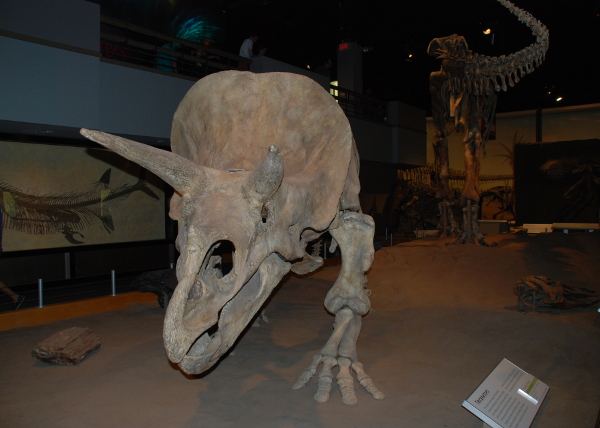 This is my favorite of all the exhibits, a Triceratops found in Montana. It is absolutely beautiful, and really large!! Behind it is another T-Rex, which completely dwarfs the Triceratops.
This is my favorite of all the exhibits, a Triceratops found in Montana. It is absolutely beautiful, and really large!! Behind it is another T-Rex, which completely dwarfs the Triceratops.
Another view of the Triceratops shows the beautiful skull.
This is the actual hip bones for the T-Rex standing behind it. It is way too heavy to have lifted into the air for the display, so they used a lighter weight cast for the display.
This would be the view looking up as a T-rex was getting ready to snap me up as a small bite-sized snack. I would fit comfortably in his or her mouth, whole. The first time I saw this years ago, I asked Dan, “Wouldn’t it be scary to see this coming for you?!” and he replied, “Not for long!”
They have other more recent animals from the fossil record.
This Sabre Tooth cat looks kind of small, until you imagine several hundred pounds of muscle to go along with the impressive fangs.
This was a Woolly Mammoth.
The museum has over 1,000,000 individual fossils comprising 100,000 individuals. My 18 pictures obviously don’t even begin to scratch the surface of all the wonderful things you can see at this museum. Not to mention their fantastic arboretum which has living plants all represented in the fossil record. That’s Dan’s favorite room. I’m looking forward to our next trip 🙂
A couple of weeks before visiting Canada we visited the west coast, Seattle and Portland and Eugene, visiting friends and family. The traffic was sort of a shock to our system. Actually to be more accurate, it was a total shock to our systems. We’re used to having two cars on the road with us constituting a traffic jam.
The Owens boys sitting on the deck of Mike’s house.
So now we are back home, and back to gardening, aka rodent wars. Once we finish building the new cages for our raised beds, I’ll post a picture. The Woods Rats aka packrats are already actively attacking unprotected plants. That will be our project for today, building a few new cages.
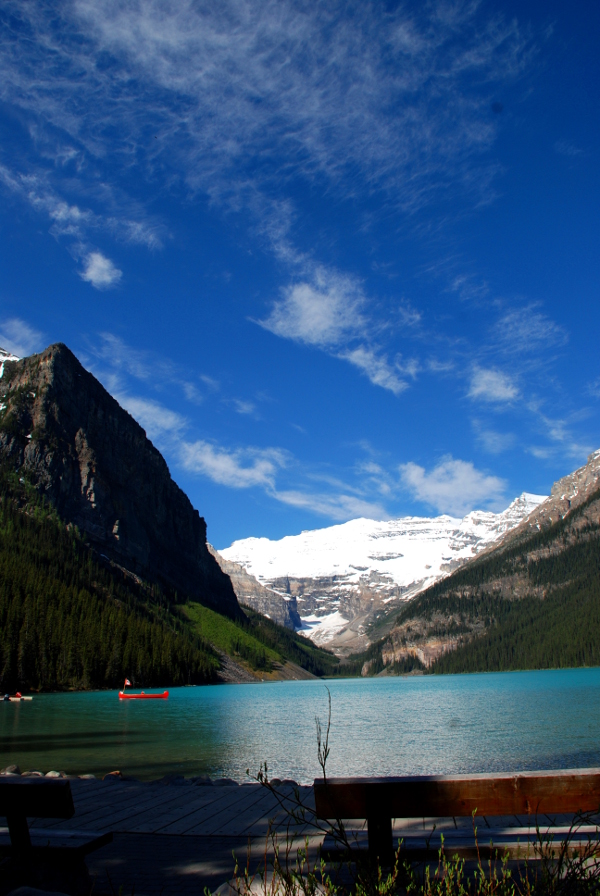
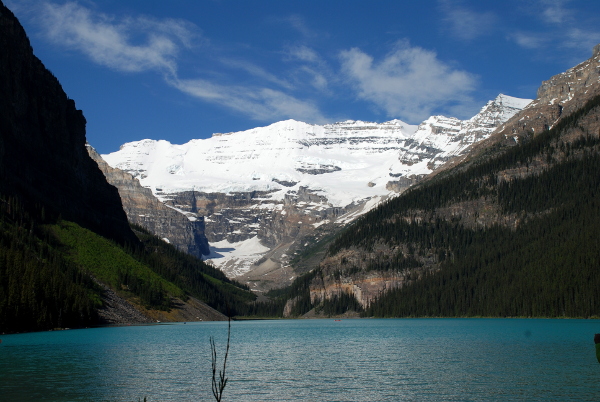

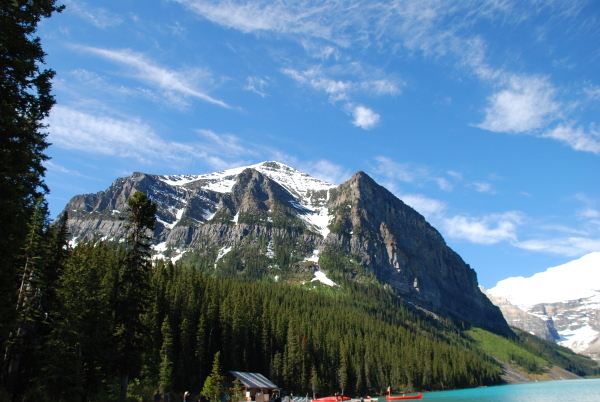
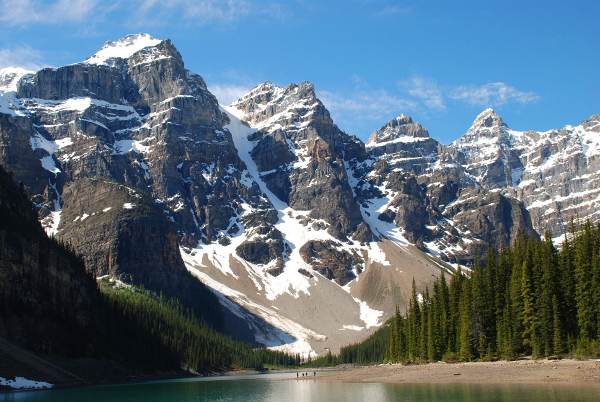
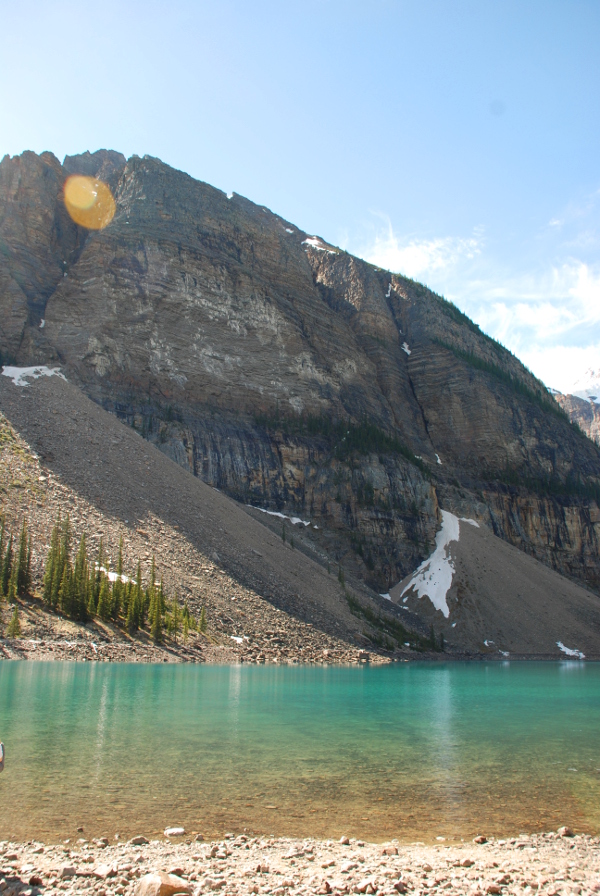
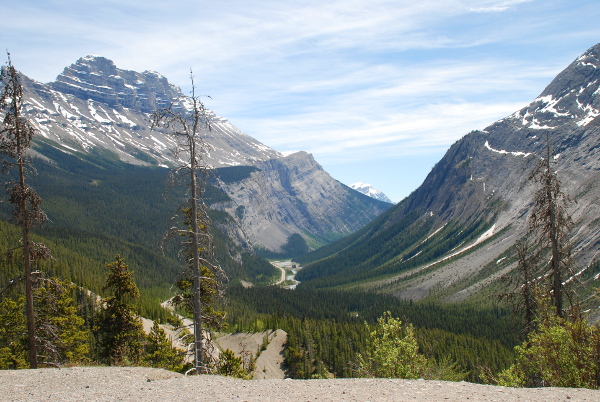
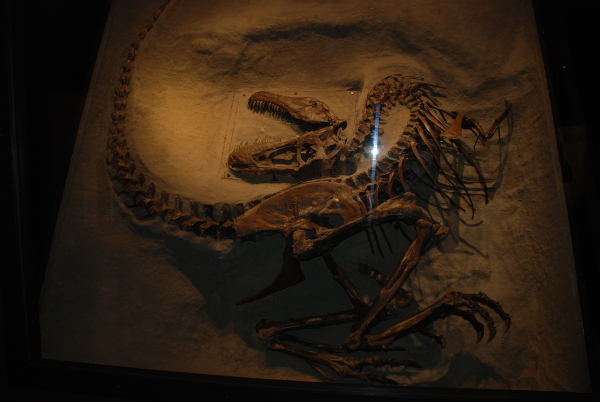
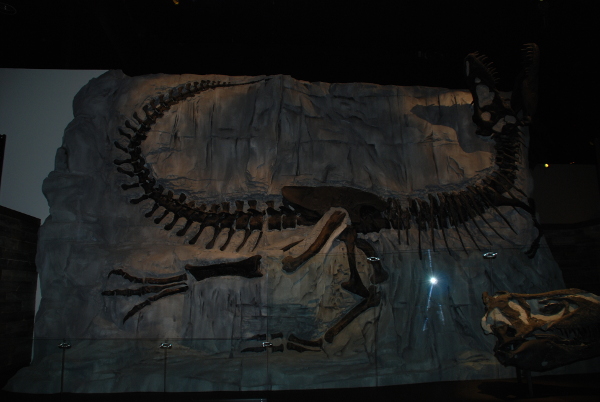
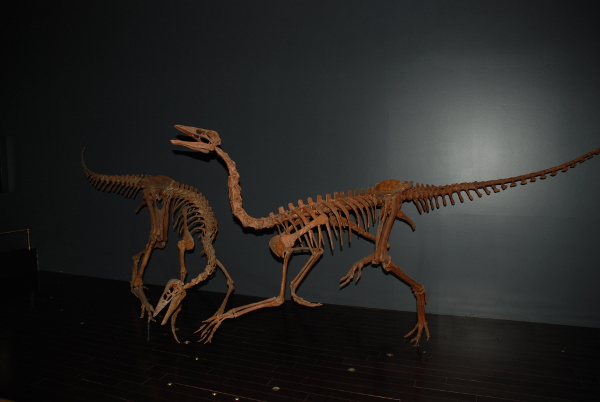

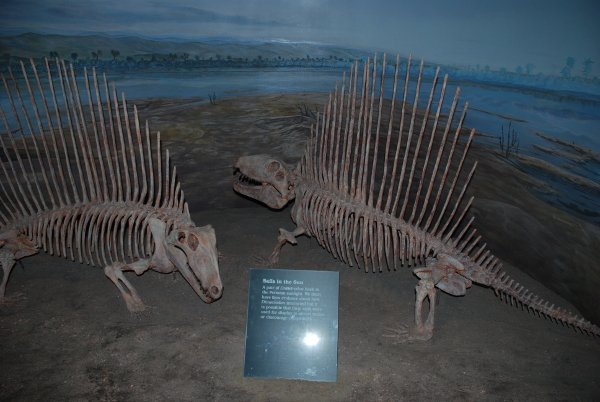
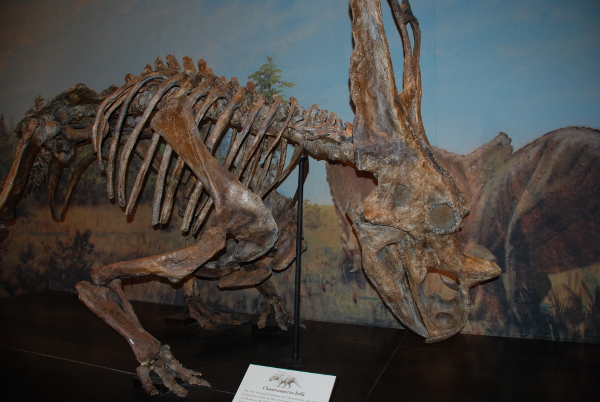
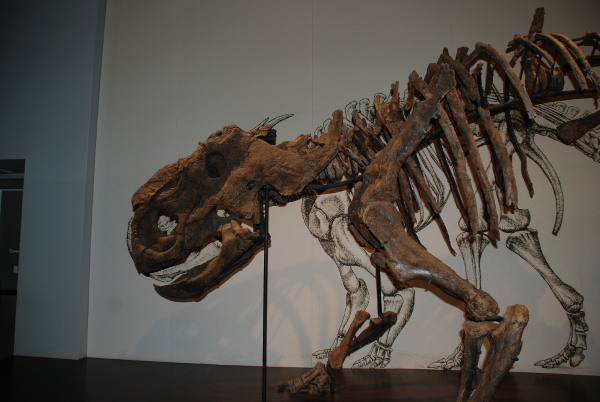
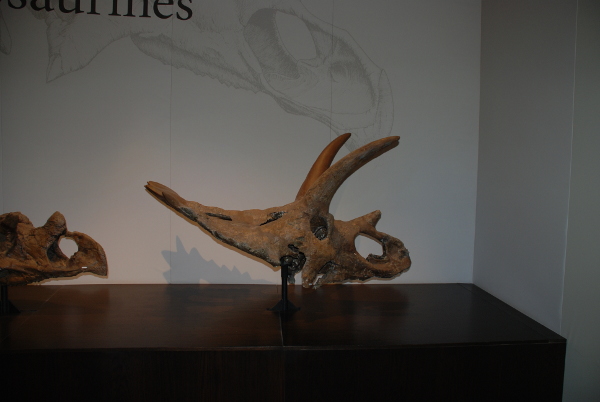
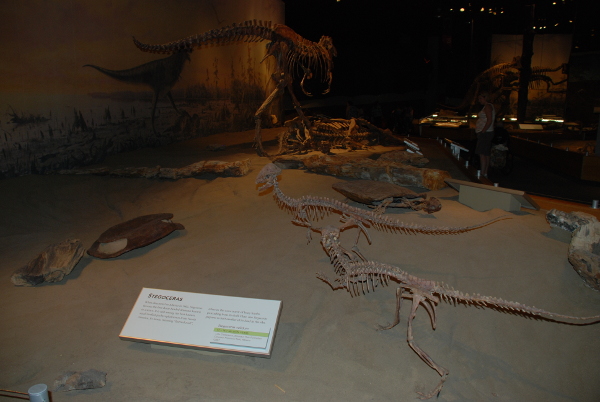
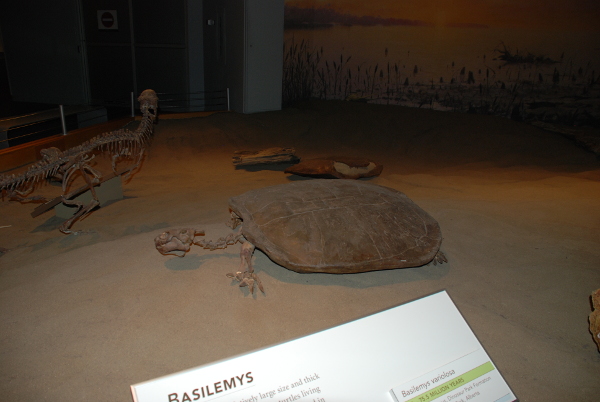
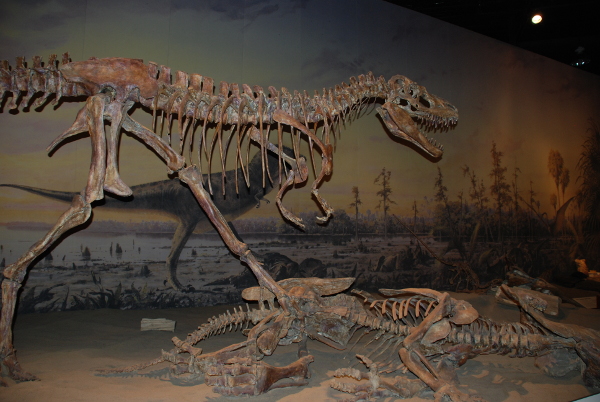
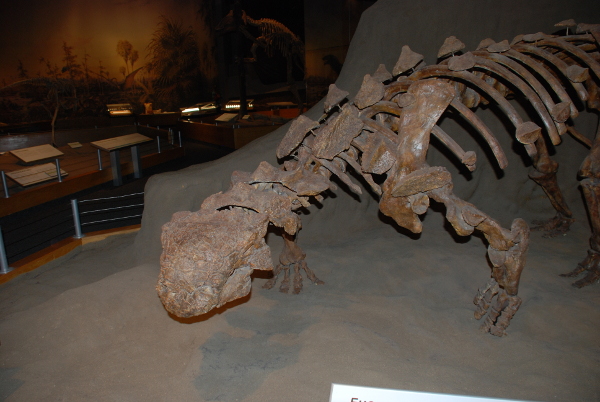

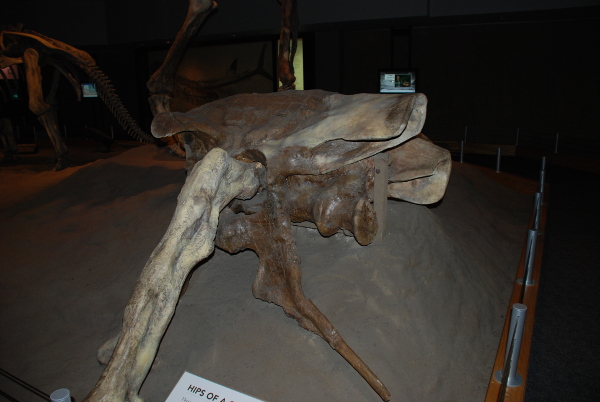
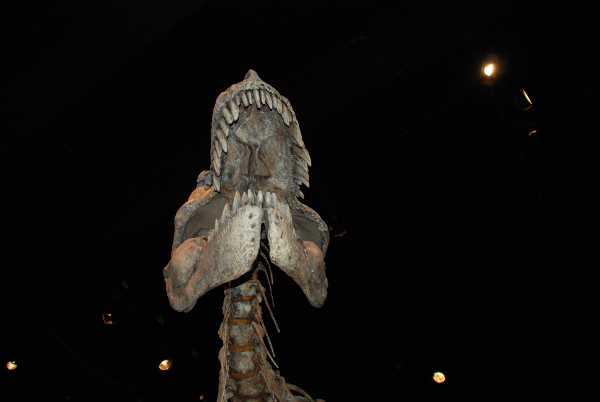
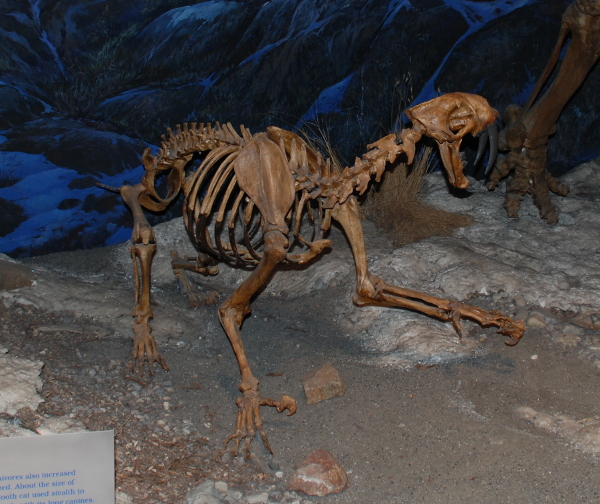
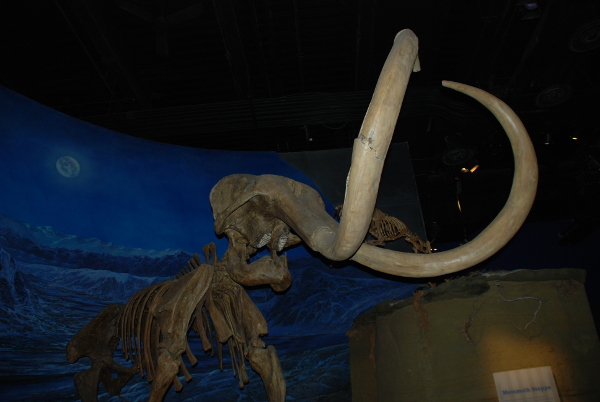

Finally an interesting travelogue. Too bad so many of your fans don’t reply but you know I complain when you wait too long to update.